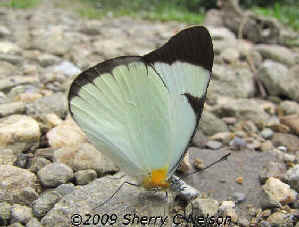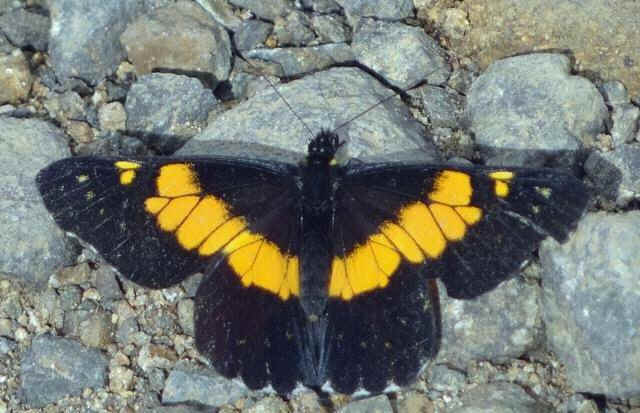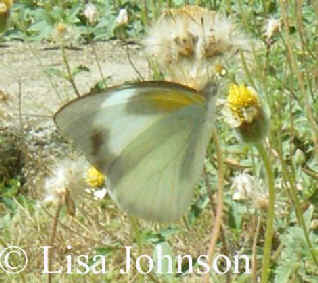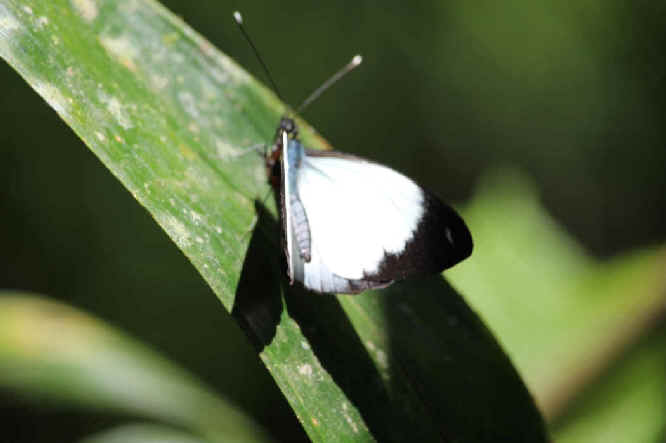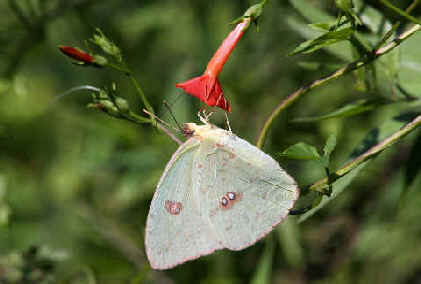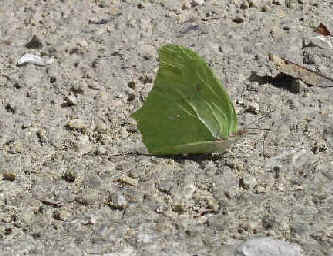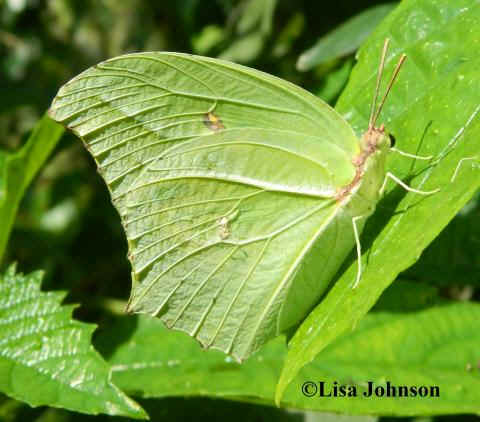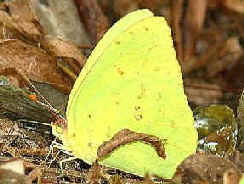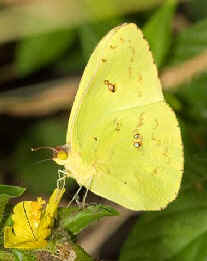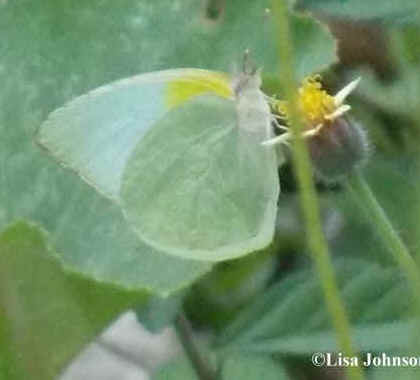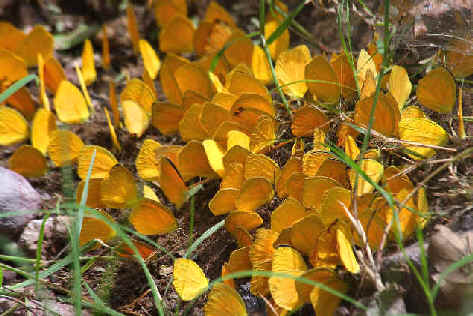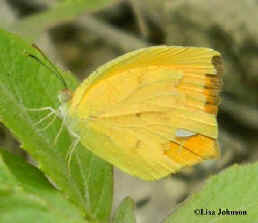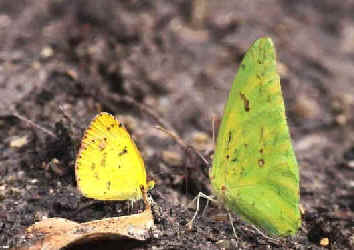
E-mail: font@focusonnature.com
Phone: Toll-free in USA 1-888-721-3555
or 302/529-1876
 |
PO
Box 9021, Wilmington, DE 19809, USA E-mail: font@focusonnature.com Phone: Toll-free in USA 1-888-721-3555 or 302/529-1876 |
 Part
2 of a List
Part
2 of a List
with some Photos
of
Central America
Butterflies
and Moths
Whites, Sulphurs and Yellows,
and allies
Noting those during
Focus On Nature Tours
in Belize,
Costa Rica,
Guatemala,
Honduras,
Panama
with tours in the months of: January, February, March, April, July, December
Second Part of a List of Central America Butterflies in 5
Parts,
compiled by Armas Hill
Here, in Part #2: Pieridae,
the Whites, Sulphurs and Yellows, & Allies
Among
the Butterfly groupings in this list, links to:
Mimic-Whites Tilewhites Mimics in the genera Archonias & Charonias
Melwhites Dartwhites
Whites
Sulphurs Small Yellows
Links to
other Central America Lepidoptera groupings:
Part #1 - Swallowtails (Papilionidae)
Part #3 - Copper, Hairstreaks, Blues (Lycaenidae) & Metalmarks (Riodinidae)
Part
#4 -
Brushfoots (Nymphalidae) Part
#5 - Skippers (Hesperiidae) Moths
Codes relating to illustrations in various
books:
Numbers noted as (BAPG:xx) refer to pages in
"Butterflies of Arizona - A
Photographic Guide", by Bob Stewart, Priscilla Brodkin, & Hank Brodkin
(with fine photographs).
Numbers noted as (BMCR:xx) refer to plates in
"Butterflies and Moths of Costa Rica" by Isidro Chacon & Jose
Montero.
Numbers noted as (C:xx) refer to pages in "A World of Butterflies", with text by
Brian Cassie, and photographs (superb) by Kjell Sandved
Numbers noted as (D1:xx) refer
to plates in "The Butterflies of Costa Rica and their Natural History (Volume 1):
Papilionidae, Pieridae, Nymphalidae", by Philip J. DeVries
Numbers noted as (F:xx) refer to pages in
"The Illustrated Encyclopedia of
Butterflies", by Dr. John Feltwell
Numbers noted as (K:xx) refer to pages in the
"Kaufman Focus Guide to Butterflies of North America", by Jim Brock & Kenn
Kaufman
Numbers noted as (MCA:xx) refer to pages in "A
Swift Guide to the Butterflies of Mexico & Central America" by Jeffrey
Glassberg
Numbers noted as (PE:xx) refer
to plates in the "Peterson Field Guides to Eastern Butterflies", by Paul Opler &
Vichai Malikul, 1998 edition.
Those noted as (PEp:xx) refer to a page with a photograph.
Numbers noted as (PW:xx) refer to plates in the
"Peterson Field Guide to Western Butterflies", by Paul Opler & illustrated by Amy Bartlett Wright, 1999
edition.
Those noted as (PWp:xx) refer to a page with a photograph.
Numbers noted as (S:xx) refer to pages in the
"Smithsonian Handbook, Butterflies & Moths", by David Carter
Additional Codes:
BZ: in Belize
CR: in Costa Rica
GU: in Guatemala
HN: in Honduras pb:
at Pico Bonito Lodge in the Caribbean lowlands
PN: in Panama
(sl): at Sierra Llorona, in hills on the Caribbean side of Panama
Butterflies observed during FONT tours noted by an (*) after the 2-letter
country code.
Other Links:
Itineraries
for upcoming Focus On Nature Tours in:
Belize, Costa Rica, Guatemala, Honduras, & Panama
Lists
of Birds in: Belize
Costa Rica Guatemala
Honduras
Panama
A List & Photo Gallery of Birds in Central America, in 4 Parts
A List of Mammals in Central America (with some photos)
Other Lists & Photo Galleries of Butterflies & Moths Elsewhere
Alphabetical Directory of Butterflies by Genus with Photos in the FONT Website
Directory of Photos in this Website
List of Central American Butterflies, Part
#2:
Family PIERIDAE: most are
predominantly white, yellow, or orange in color,
and are often referred to as WHITES, YELLOWS, SULPHURS, or MARBLES.
Worldwide, over 1,000 species of
WHITES & SULPHURS have been described.
Subfamily DISMORPHIINAE:
MIMIC WHITES. A long-winged, tropical group of about 1,000
species.
Genus PSEUDOPIERIS:
in
the
Neotropics, with 2 species in Central & South America
most are
predominantly white, yellow, or orange in color,
and are often referred to as WHITES, YELLOWS, SULPHURS,
or MARBLES.
Worldwide, over 1,000 species of
WHITES & SULPHURS have been described.
